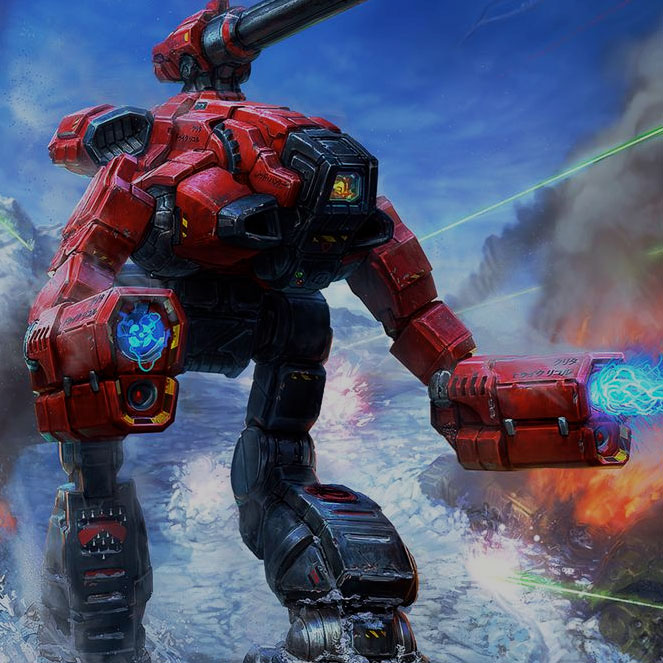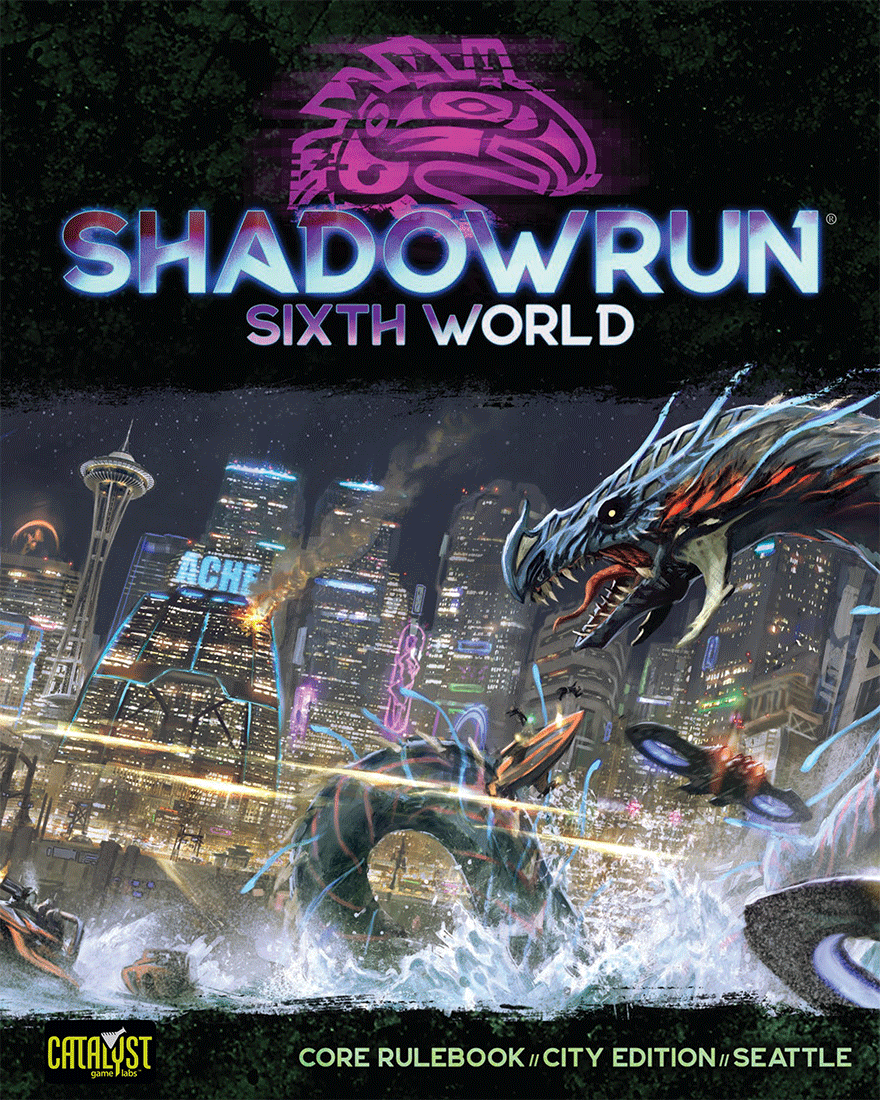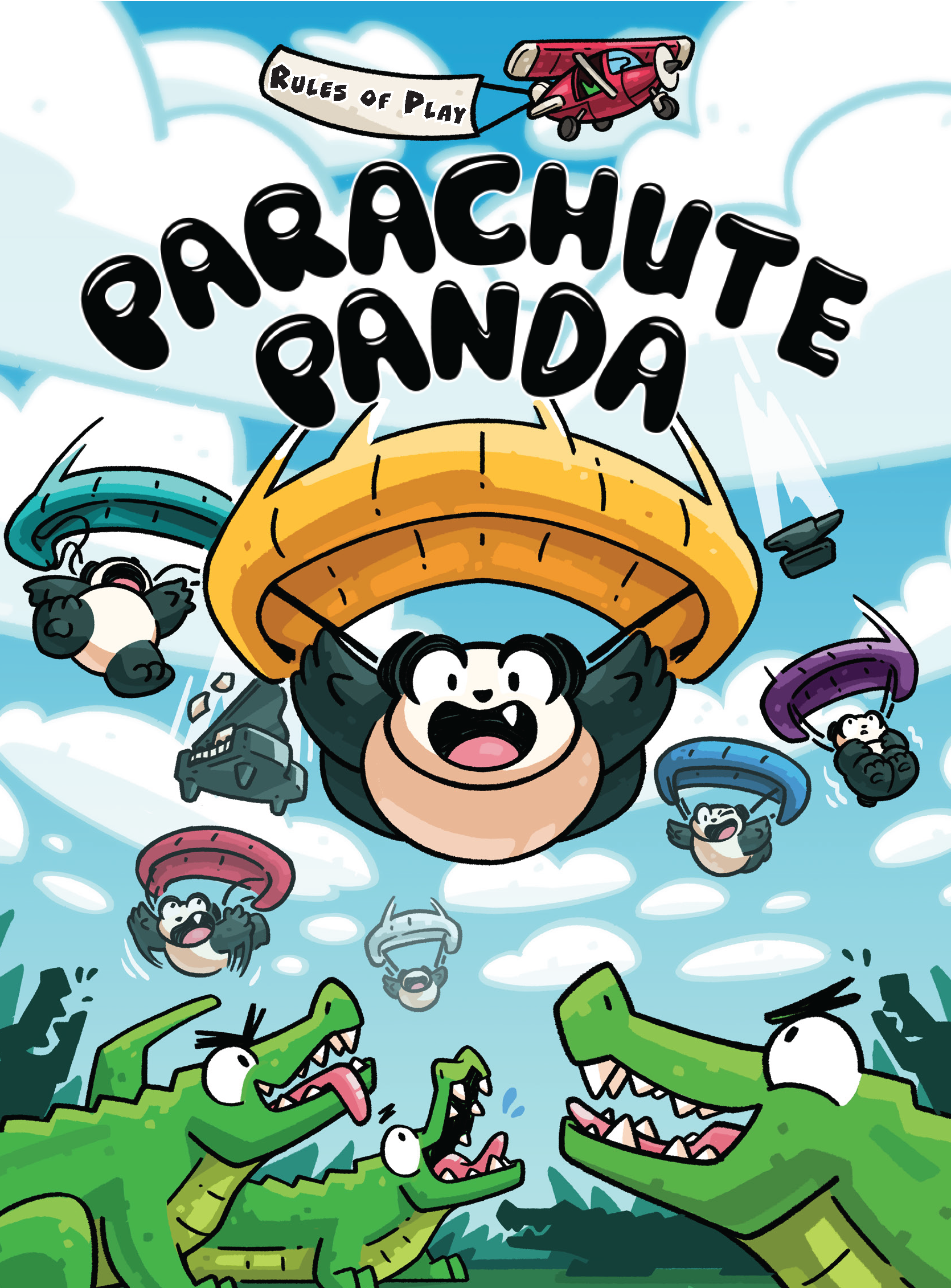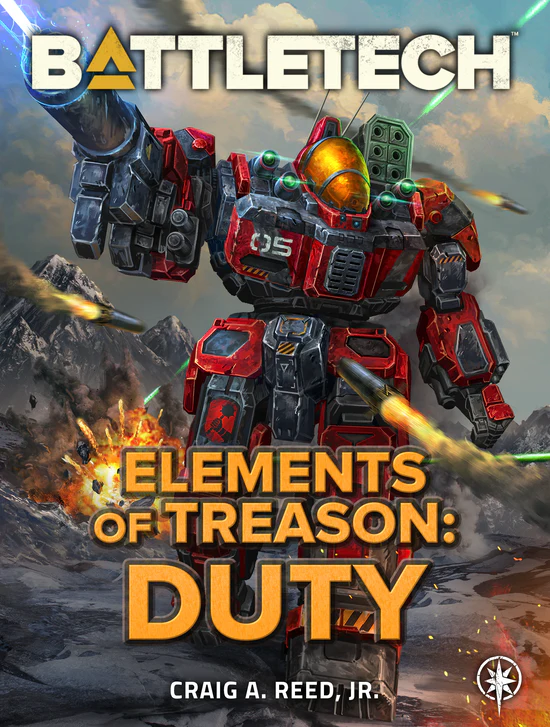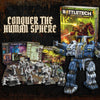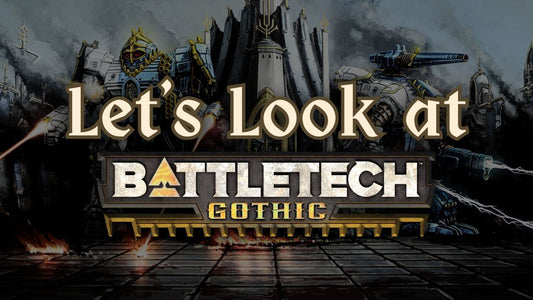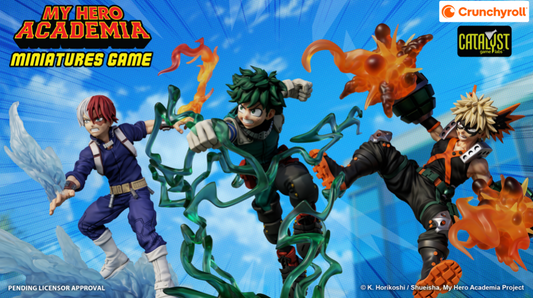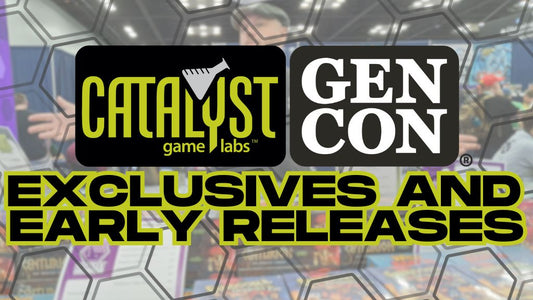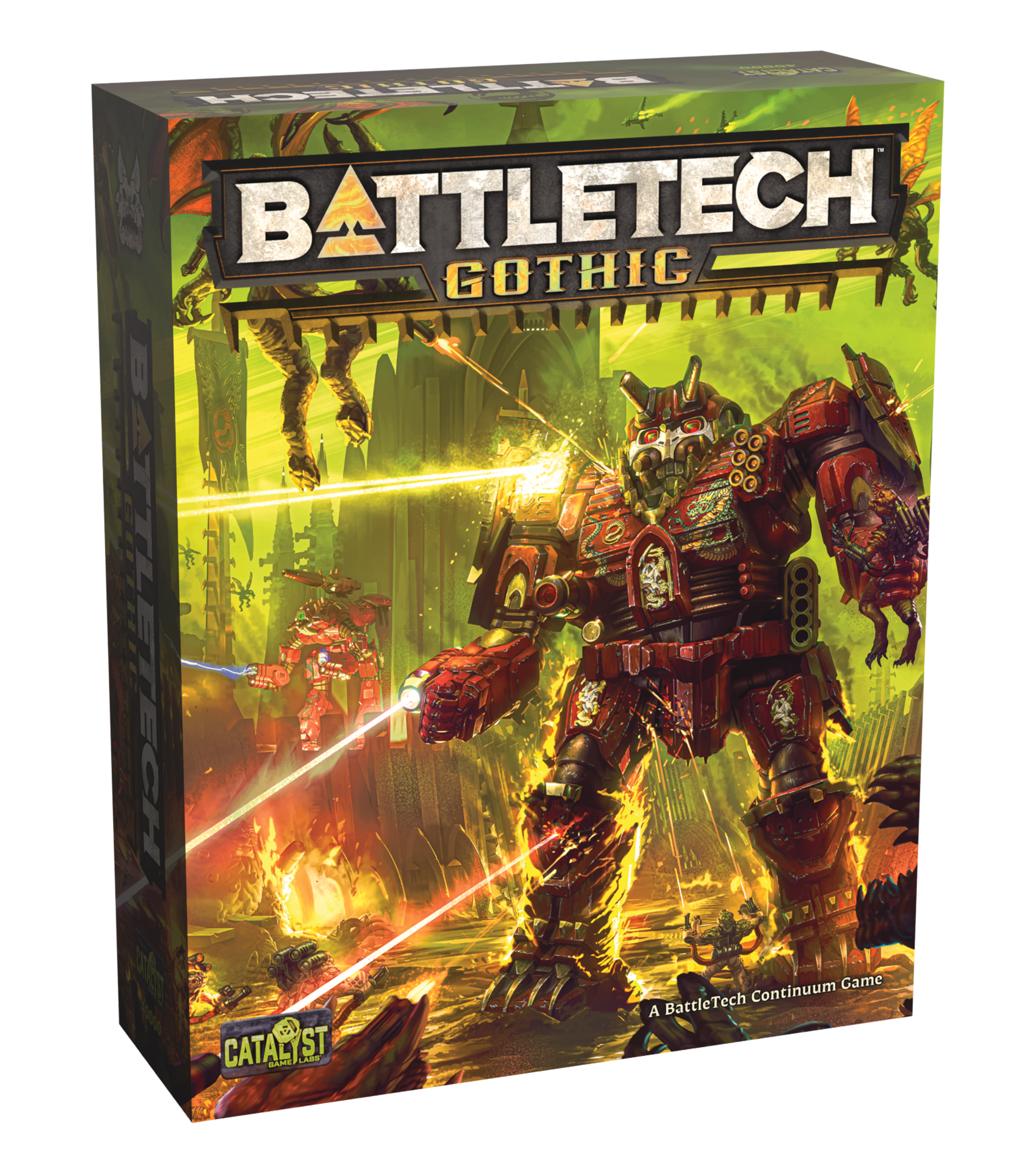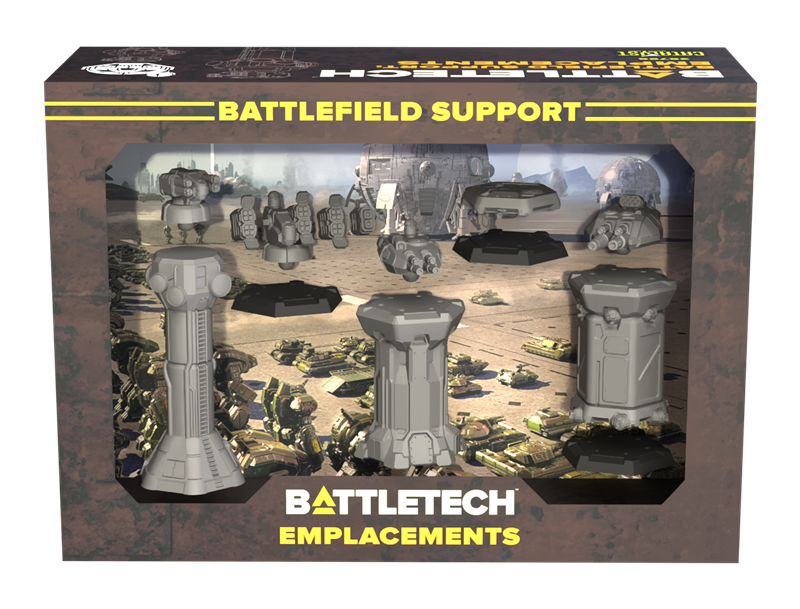Where to Start a City - Runefire Dev Blog #2
- card game
- Crossfire
- dev blog
- Dragonfire
- Pathfinder
- runefire
- tabletop
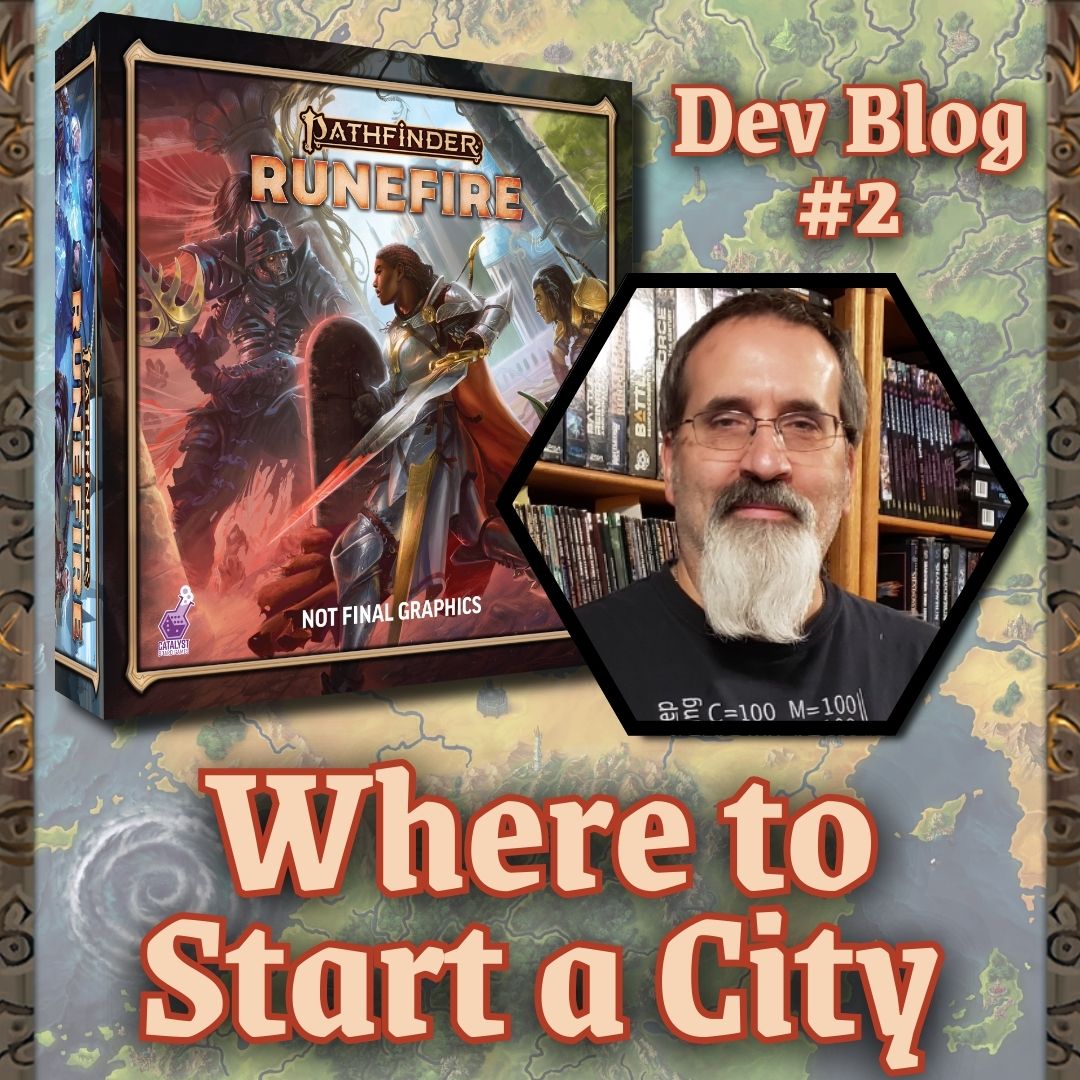
Over a decade ago now, Catalyst wanted to publish a new card game for Shadowrun. We already had a relationship with Fire Opal–publishers of the 13th Age RPG, as well as many other games, and immediately wanted to task them with this project.
At the time we had no idea what a golden gem of a game engine they would craft. A perfect spot to launch what would become a city of games. That first Crossfire engine worked phenomenally well and became critically acclaimed, with some of the biggest game influencers still calling it one of their top-favorite games of all-time.
At its heart–like all good games–the Crossfire engine is a puzzle that requires players to cooperate to solve. Each player has a focus and style of card play that they leverage with the other players to defeat the various obstacles in their way. Each success empowers more success, allowing players to purchase ever cooler cards and enact ever more brilliant plays.
And while plenty of games accomplish that in spades, the key that makes Crossfire work so well is how they transformed what could’ve been endless text into a color-coded system. Below you’ll find an original Shadowrun Obstacle, and then a Dragonfire Encounter, and finally a Runefire Encounter, showing the graphic evolution across time.



Those red, black, blue and green symbols correspond to that overarching flavor and style of play. What began as Street Samurai (black), Decker (green), Mage (blue) and Face (red), becomes the following in Runefire: Martial (black), Divine (green), Arcane (blue), and Deception (red). Each has a specific focus: tank for Martial, healer for Divine, color-fixing for Deception and finally the big power plays from Arcane. Obviously there’s crossover and nuance, but that’s the thumbnail.
Those symbols, then, are found on the Market cards the players’ wield, whether it’s a Throwing Axe, a Twist the Knife from the shadows or a withering assault from a Force Barrage spell. While the players each face individual encounters, they’re a party that can assist each other, determining each turn which are the most dangerous encounters, which characters are the most likely to be knocked unconscious by attacks (everyone look at the Wizards), along with where all the gold is distributed so that bigger, better cards can be purchased. And so on.
The other aspect of this color coding system is that it easily lends itself to feeling like a roleplaying experience. For example, as you play Flaming Oil against multiple encounters, the art and text evoke a sense you’ve brought your unhinged goblin friend to the rescue. Or, while Sticky Fingers still does some damage, it’s a ploy to distract the monster to instantly net you precious gold, which makes the Rogue cackle every time they play it.


There’s so much more to cover, and we will, at length, across many dev blogs. But I wanted to touch upon one last portion of the game that is really the heart and soul of how good this experience can be. Originally called the Crossfire Deck and then the Dragonfire Deck, in Runefire it’s called the Omen Deck.
It represents the sound of orc drums in the cavern depths, the clatter of hooves on cobblestone in pursuit, the spidery claws grasping at your cloak in the tangled wood. It is the driving pressure that keeps the game exciting and grows ever more dangerous the longer you take. At any moment, the orcs might appear, the horse might heave into view, or the claws might snap your cloak tight against your throat. It is, in effect, the GM that can save or destroy, as you attempt to overcome whatever crazy thing that just showed up on your table.
With all of that in mind, I thought I’d shine a light on the luminaries involved in creating it, and their amazing breadth of work that covers almost every aspect of our hobby. As we move into a third generation of this game, expanding that city of games ever further, I can’t thank them enough.
Here’s the original Crossfire team’s bios:
Gregory Marques
Gregory brings his experience as a game designer and product developer to every new project with a fiery passion. Before taking on the role of lead game designer on Shadowrun: Crossfire, Gregory was the lead designer and lead writer for the critically acclaimed Facebook game Dungeons and Dragons: Tiny Adventures and a designer on multiple expansions to Magic: The Gathering, Duel Masters, and Heralds of Chaos. Since then, Gregory has thrived in the video game industry, contributing to Crucible, New World, and The Bazaar, among others.
Michael Elliott
Mike Elliott is a freelance game designer with over 25 years experience in the field. He started his career at Wizards of the Coast, where he worked doing design and development on over 30 Magic: The Gathering expansions and worked on numerous other game lines, including the mega-hit Pokémon trading card game.
Mike has dozens of published games with hundreds of expansions and has done extensive work in the trading card game field, with around 20 published trading card games. Two of his original designs, Duel Masters and Battle Spirits, are among the bestselling trading card games in the Japan market. Some of Mike’s other published products include the Thunderstone, Quarriors, Star Trek Fleet Captains, and the Dice Masters game lines, which had 7 different brands using the same game engine. Mike was inducted into the AAGAD (tabletop gaming) Hall of Fame in 2017.
@elliottgames.bsky.social
Rob Heinsoo
Rob Heinsoo designs games. Having created dozens of role-playing games, card games, miniatures games and board games, he led the design of the fourth edition of Dungeons & Dragons, and wrote or led the design of many 4e D&D sourcebooks. Along with Jonathan Tweet, Rob is the co-designer and current Line Editor of the ENnie award winning RPG 13th Age from Pelgrane Press, which will be releasing its two-volume second edition in Autumn 2025.
In addition to Shadowrun: Crossfire, other game designs include Wrestlenomicon, 13th Age Glorantha, Legendary: Big Trouble in Little China and the upcoming Legendary: Game of Thrones, the upcoming Armello: The Board Game, Epic Spell Wars of the Battle Wizards: Duel at Mt. Skullzfyre, Three-Dragon Ante, Three-Dragon Ante: Giants War, Inn-Fighting, Dreamblade, the Football Champions TCG, the Shadowfist set Flashpoint, and the first nine sets of D&D Miniatures.
http://robheinsoo.blogspot.com/
James “Jim” Lin
James Lin worked at Wizards of the Coast from 1993-2002. He was one of the initial designers working with Richard Garfield on the creation of Magic: The Gathering, and was involved in design and development of all Magic: The Gathering sets through Alliances. Starting in 1995, he led design and development efforts at Wizards for all trading card games other than Magic. In this role, he served on an advisory council guiding product launches and strategies, and played a key role in developing Wizards’ strategy for its launch of the Pokémon trading card game. Starting in 1999, James became the Senior VP of R&D at Wizards with responsibility for design and development work on all Wizards’ products, and served on an advisory council guiding all product strategies and launches within WOTC. Jim led “Phase II Design” (Game Development) on Shadowrun: Crossfire.
Rob Watkins
Former Magic: The Gathering Pro Tour player and champion of Dungeons & Dragons, Rob Watkins is an award-winning game designer of board games, card games, computer games, miniatures games, and roleplaying games. Games he’s worked on include 13th Age, Dreamblade, Duel For the Stars (precursor to Race For the Galaxy), Dungeons & Dragons 3.5 and 4th Editions, Dungeons & Dragons Miniatures, Neopets Trading Card Game, Odyssey, Plants vs. Zombies: Heroes, Star Wars Miniatures, and Throne World.
Sean McCarthy
Sean is a software engineer and occasional game designer. In addition to working on Shadowrun: Crossfire, Sean has worked on game balance for Plants vs. Zombies: Heroes and designed Homesteaders: New Beginnings.
SPECIAL MENTIONS
Cal Moore
Cal worked at Wizards of the Coast from 2000–2011 as a technical editor and writer. While there, he worked on TCGs like Duelmasters, the Showdown Sports line, GI Joe, Kids Next Door, Xiaolin Showdown, Maplestory, and Uzumajin, RPG products for D&D 4th Edition like The Plane Above, Monster Vault: Nentir Vale, Mordenkainen’s Magnificent Emporium, Tomb of Horrors, and Gamma World, and other games like Dreamblade, Axis & Allies Miniatures, Axis & Allies, Risk Godstorm, Castle Ravenloft, and many more.
Cal also worked on the 13th Age RPG as a managing editor and designer, wrangling those Icons into shape. Other game work includes editing various digital and tabletop game projects.
Currently, Cal works as a technical editor for an Environmental and Engineering firm in Bellevue.
Conan Chamberlain
Conan has been involved in games quality assurance since 1994, and has worked on more than 50 published titles, including: Chrono Trigger, Breath of Fire, Tribes: Vengeance, Motor City Online, Matrix Online, Empire Earth II, Tron: Evolution, Toy Story 3, Split Second, The Hobbit, FIFA 2001 MLS, Lumines II, Pirates of the Caribbean 1, 2 & 3, Narnia, Turok, Plants vs. Zombies, Star Wars: Galaxy of Heroes, and many others.
Conan provided quality assurance and extensive playtesting on Shadowrun: Crossfire. He is now Quality Designer at Electronic Arts.
Jay Schneider
Jay has spent his life across various roles in the game industry, a professional youth chess player (top USCF under 13); in his early 20s, Jay’s work led to the formation of many of the LARPs in the southeastern US. As a card game researcher Jay discovered and proved the principles of the Mana Curve via the Sligh Deck; as a PhD researcher Jay created one of the first wearable computer games Pervasive Clue.
In 2009 Jay released the Xbox Hall of Fame megahit, Magic the Gathering: Duels of the Planeswalkers. Most recently in 2022, Jay was part of the team that won an International Serious Play Gold Medal for the educational title Monsters vs. Fractions IV.
Currently, Jay is a founder of Fire Opal Games with credits on: Multi-ENNIE award winning 13th Age RPG line; Dungeons and Dragons: Dragonfire; Arkham Horror Files: The Road to Innsmouth, Heralds of Chaos with Gaia Online; roguelike deck builders Last Kids on Earth: Hit the Deck and Castaway Station. In his spare time Jay is the Lead Instructor of the Game Design Program at the University of Washington.
https://www.pce.uw.edu/instructors/jay-schneider
Until next time!
Randall


